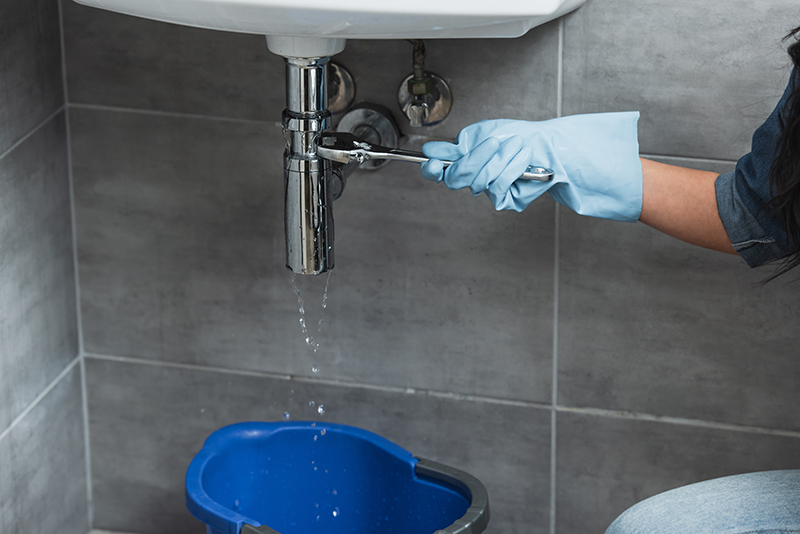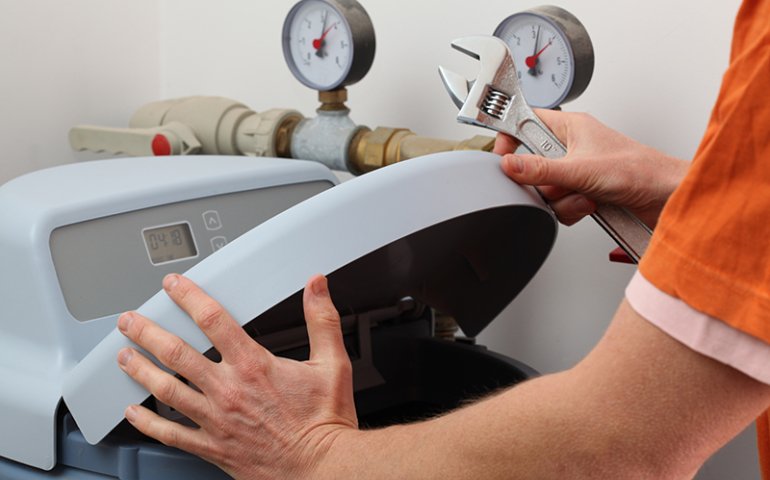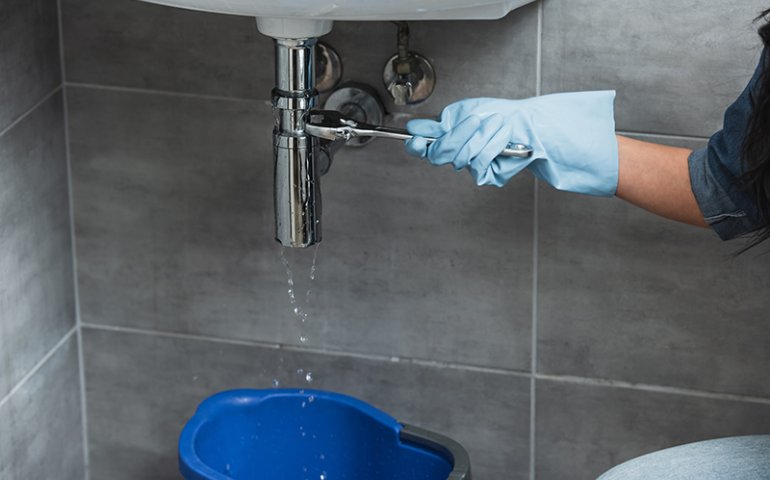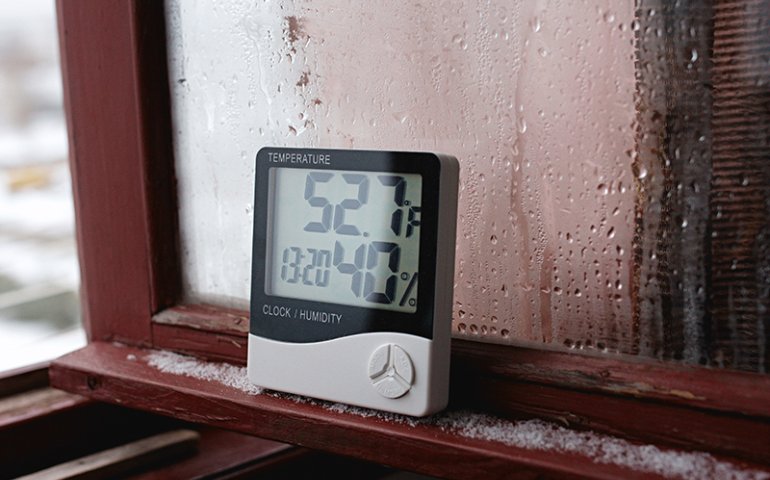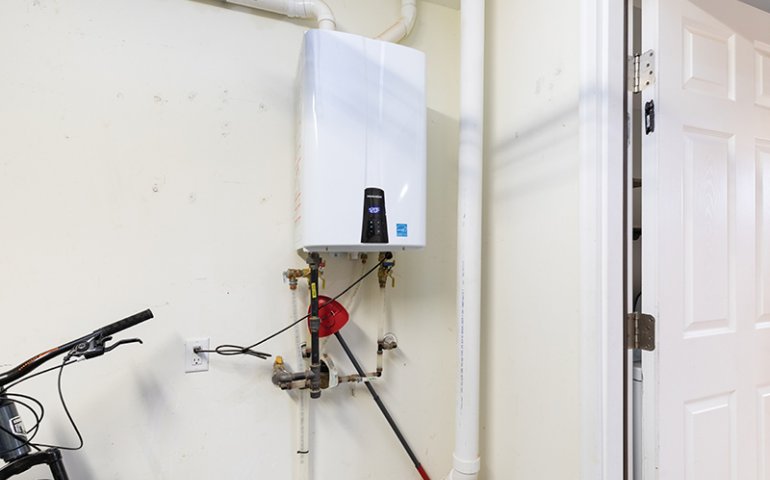Why You Should Test Your Plumbing System
Having an efficient plumbing system is vital for the comfort and safety of your home. Regular testing of your plumbing can help identify potential issues. That way you can fix it before they escalate into costly and disruptive problems. In this blog, we explore the importance of testing your plumbing. We tell you about common indicators that suggest the need for plumbing testing. We also offer practical steps to conduct plumbing tests. Let's delve into the world of proactive plumbing maintenance and upkeep.
Why Efficient Plumbing Matters
A functioning plumbing system is essential for several reasons. A well-maintained plumbing system helps prevent water leaks. These leaks can cause damage to surrounding structures. It can also lead to mold growth. That's why it's important to protect the integrity of your property. Plumbing testing can save you from unexpected repair costs and water-related damages. This can lead to long-term financial savings. Ensuring that your plumbing system operates helps maintain clean water supply and sanitation. This promotes the health and safety of occupants.
Signs You Need to Test Your Plumbing
Several indicators suggest the need for testing your plumbing system.
- Low Water Pressure. A decrease in water pressure throughout your home could be a sign of an issue. These potential issues within your plumbing system would need further inspection.
- Unexplained Water Bills. Sudden spikes in water bills without a clear explanation is a huge red flag. It could signal hidden leaks or inefficiencies in your plumbing.
- Water Discoloration or Odor. Any unusual changes in the color or smell of your water can be a sign of underlying plumbing problems. These problems will need further attention.
- Persistent Dripping Sounds. If you hear persistent dripping sounds or detect water leaks, it's crucial to fix it. Conduct thorough testing to identify and address the source of the issue.
How to Test Your Plumbing
Conducting plumbing tests can help pinpoint potential issues. This helps to ensure the optimal functionality of your system. Check for visible signs of leaks, corrosion, or damage. Be sure to check your pipes, fixtures, and appliances. Look for damp spots, water stains, or mold growth, which may be a sign of hidden leaks. Use a pressure gauge to measure the water pressure at various faucets and fixtures. Poor pressure levels can be a sign of blockages or other issues within your plumbing. To detect toilet leaks, place a few drops of food coloring in the tank. If the color appears in the bowl without flushing, it indicates a leak that needs attention. Consider scheduling a professional plumbing inspection. Your plumber can assess the condition of your system and identify potential issues. You can receive expert recommendations for maintenance and repairs.
Contact Us
Testing your plumbing system is a fundamental aspect of protecting your home. You need to know the key signs that mean that you need plumbing testing. You can use these tips to do plumbing tests to ensure the functionality of your plumbing. If you need help with your plumbing system, contact us today. Embrace proactive testing and maintenance to safeguard your property. Have peace of mind that your plumbing will work as it should.

